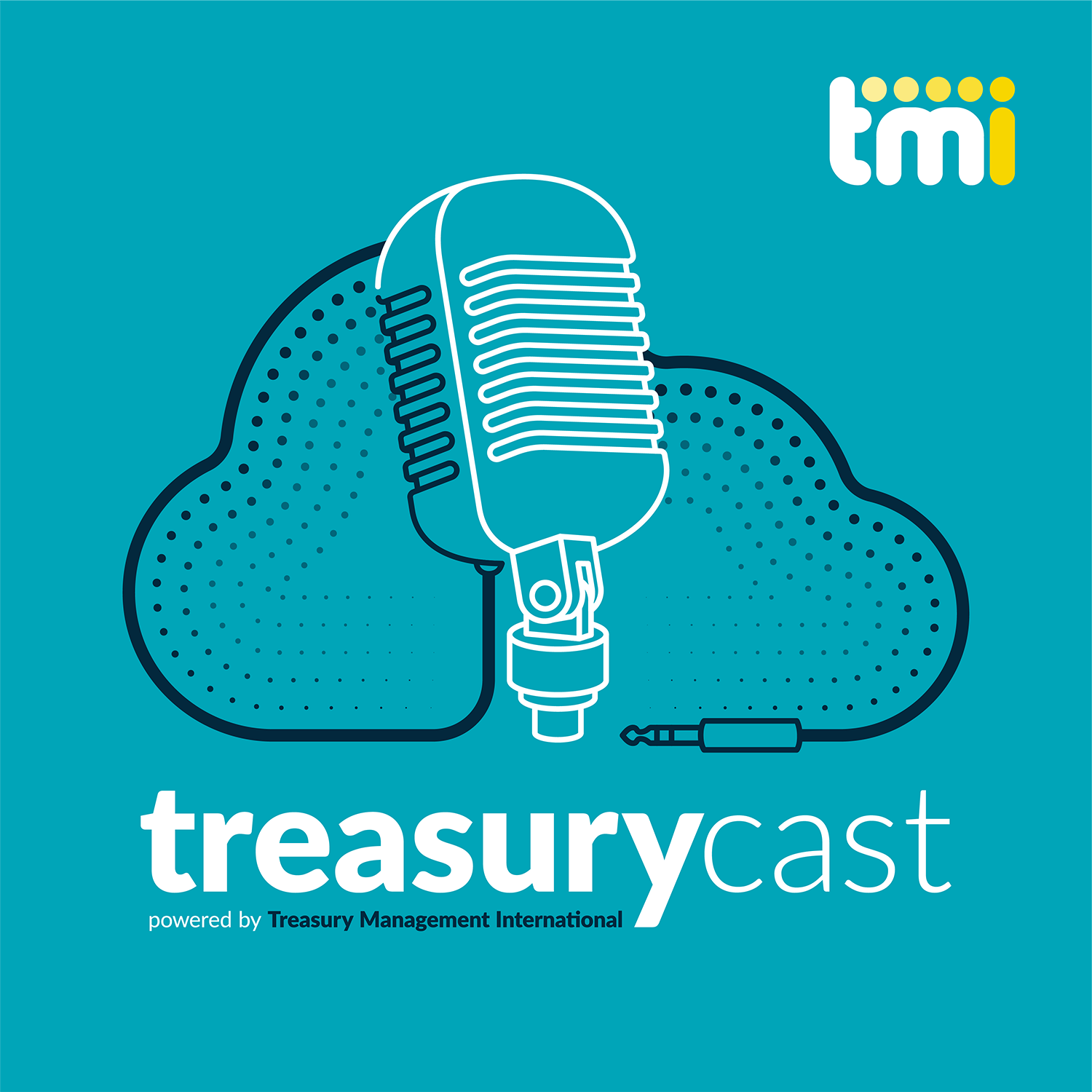London: According to J.P. Morgan Asset Management there has been a surge in institutional investor appetite for separately managed accounts driven by the threat of negative yields, regulation, improvements in capital markets and a greater understanding of securitised assets. At J.P. Morgan Asset Management, separately managed accounts in Global Liquidity have grown 213% since the height of the credit crisis and 156% in the last three years and account for over 19% of the $538.4bn global business (September 30, 2014).
Factors such as regulation and low yields are dominating the market, increasing internal costs and reducing returns. However, by accessing money markets through a separately managed account, some of these restrictions are less onerous and, whilst the objective is normally to preserve cash, such tailored solutions can offer more flexibility around investment choices.
Jason Straker, Client Portfolio Manager in the Global Liquidity Group at J.P. Morgan Asset Management comments: “The investment landscape has changed significantly since the 2008 crisis, and institutional investors are not only adapting to accommodate these changes through the use of separately managed accounts to generate returns in a low yield environment, but are also becoming more confident in doing so.
“Separately managed accounts give the investor legal ownership of securities, thereby giving more control to the investor to dictate risk tolerance, and offer fee flexibility – both of which are moving up institutional investors’ list of priorities. Such investment structures are also able to mirror the characteristics of a money market fund, with an exposure to both short and long duration bonds and a rating no lower than BBB but with less of the associated costs. However, the true value of separately managed accounts is the ability for an investor to be much more flexible in the investments they choose, therefore picking stronger yielding investments some money market funds are not able to offer in this current low yield environment.”
Straker concludes: “As with any investment, investors should measure their portfolio against their risk profile. However, tailored accounts are an investment structure that allows investors to balance risk versus return at a lower cost, and we expect this surge in appetite to continue.”





